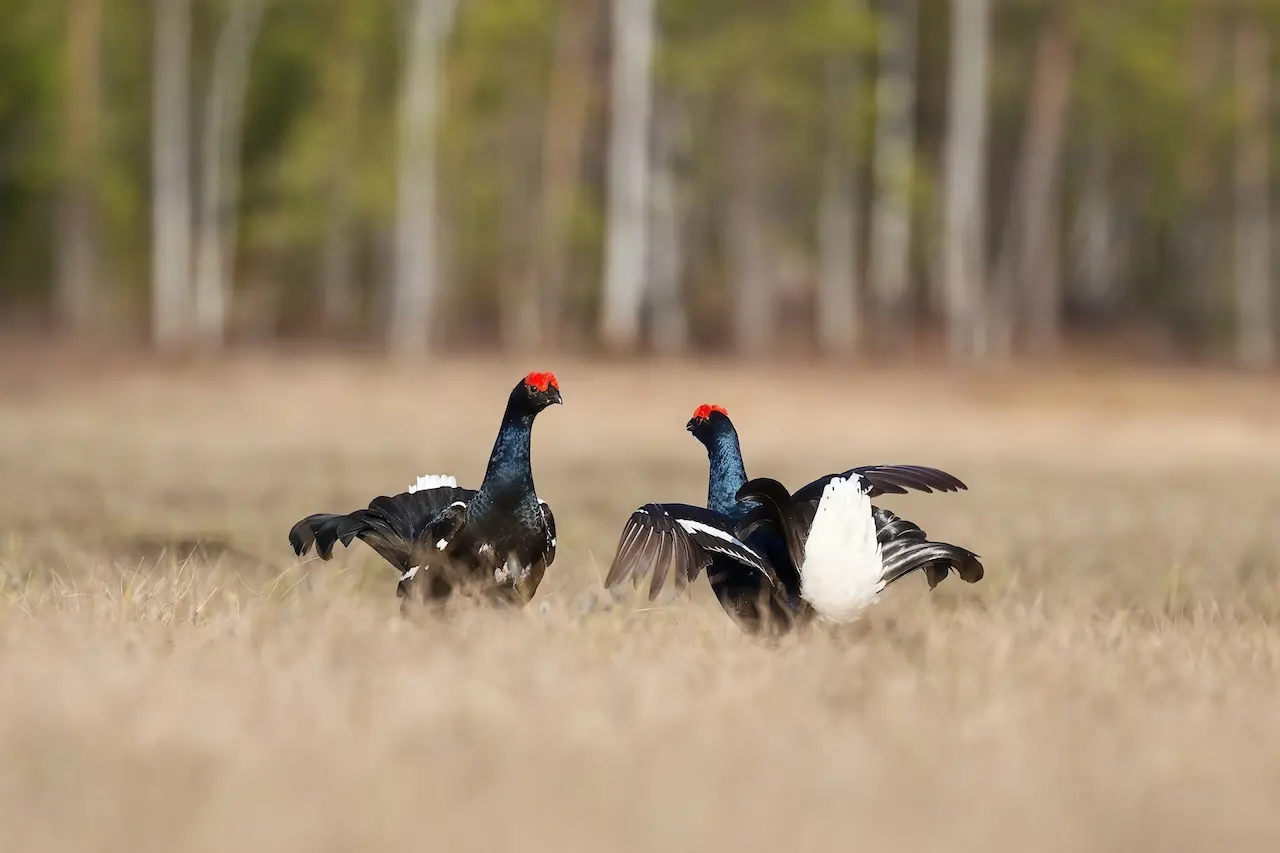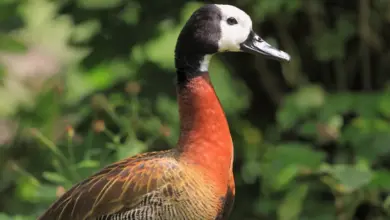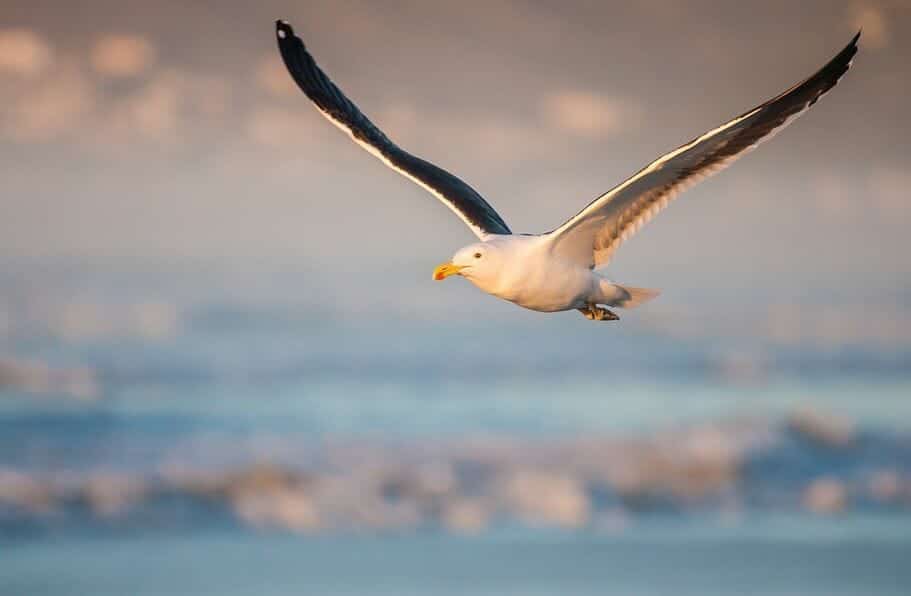Call Duck
Call Duck
The Call Duck is a bantam breed of domesticated duck raised primarily for decoration or as pets. Call ducks look similar to Mallards, but are smaller in size.
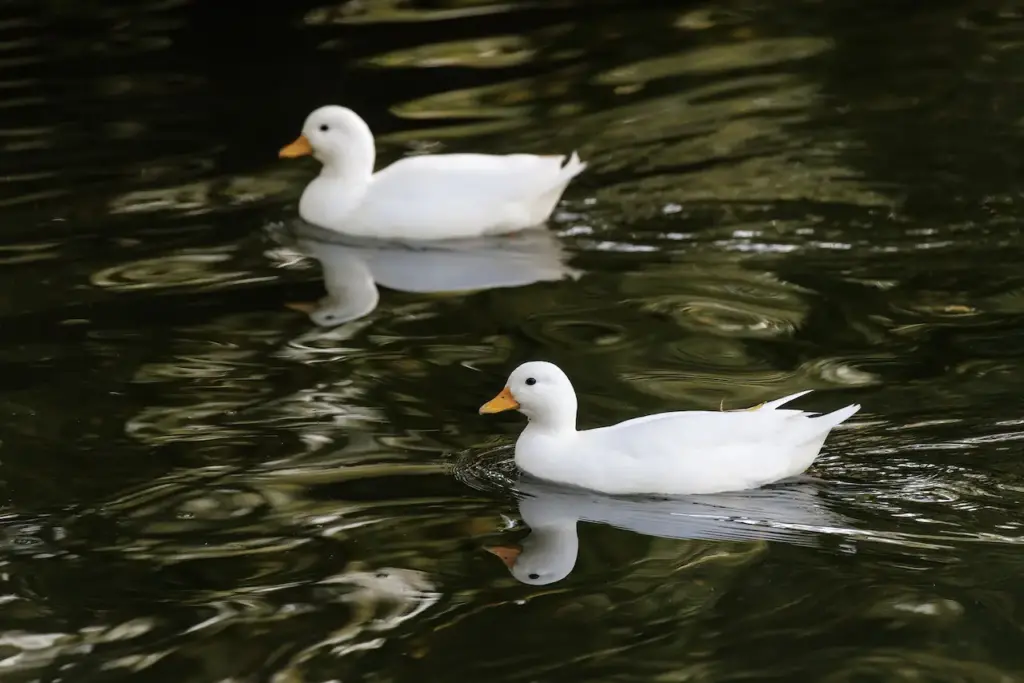
Origins of the Call Duck
The first recorded mentions of the breed are from the Netherlands where it was used as a decoy and known as a Coy or Decoy Duck.
The high-pitched distinctive call was use to lure other ducks into funnel traps. Later, hunters would tether Call Ducks to draw other species within range of the guns.
It is believed to have originally come from from the Far East, although no records of its introduction to the Netherlands exist.
Other bantams breeds are known to have been imported to the Netherlands in the 17th century and Van Gink writing in The Feathered World in 1932, supposes “There is a possibility that importations were made by Dutch captains from Japan…especially as the Call duck’s type is very different from the ordinary European type of duck to sport from it, and since they breed so true they must be a very old-established breed”.
It was introduced to Britain by the 1850s. In 1865, it was one of the first six waterfowl breeds to be standardized there, but by the middle of the 20th century they were rare. Determined efforts by a few breeders repopularized the breed and today they are common.
In the US, the Gray and White varieties were listed in the first Standard of Perfection in 1874. They are popular exhibition birds and win more duck championships in shows in North America than any other breed.
Description
The Call Duck is an energetic and active duck. It is small, weighing around 0.68 kg (1.5 lb) with a plump bowl-shaped body; a wide, rounded head; tiny, broad bill and short legs. It is vocal with a high pitched call.
The Call Duck comes in a variety of standard colours including White, Gray, Blue, Buff, Pastel, Khaki, Butterscotch, Chocolate, Snowy, Spot and Black and White Magpie.
Nonstandard colours include Blue Fawn, Nutmeg, Self Black, Cinnamon and Crested.
Breeding / Nesting
It produces 25–75 eggs a year.
More Duck Resources
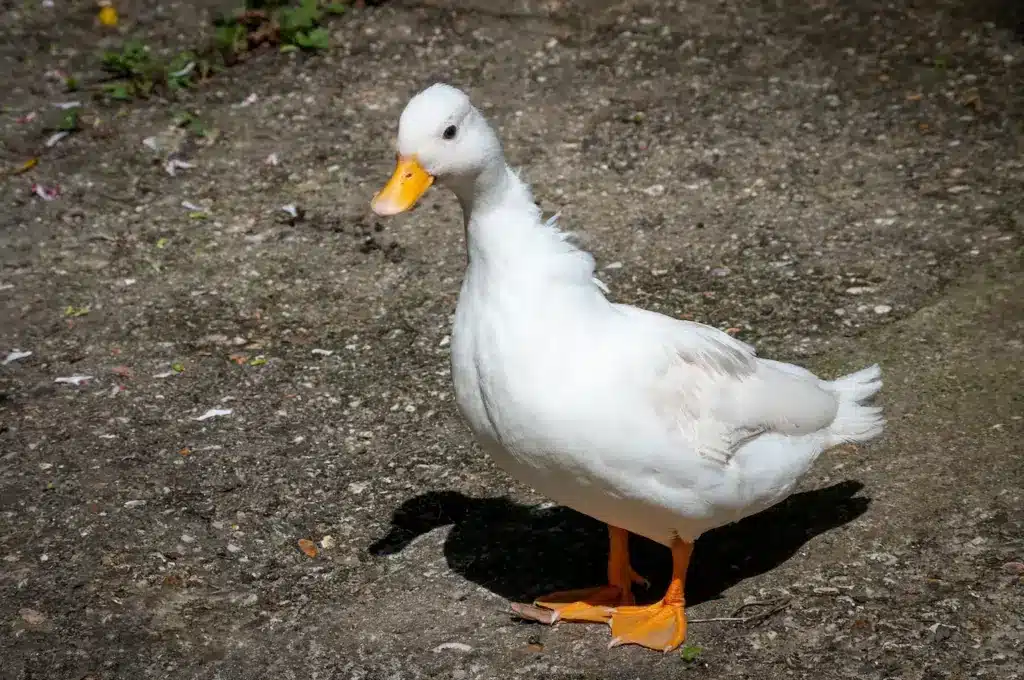
Feeding Ducks
We all enjoy ducks and many of us offer them food to encourage them to come over and stay around – and it works! Who doesn’t like an easy meal!
However, the foods that we traditionally feed them at local ponds are utterly unsuitable for them and are likely to cause health problems down the road. Also, there may be local laws against feeding this species of bird – so it’s best to check on that rather than facing consequences at a later stage.
- Foods that can be fed to Ducks, Geese and Swans to survive cold winters and remain healthy when food is scarce in their environment.
Please note that feeding ducks and geese makes them dependent on humans for food, which can result in starvation and possibly death when those feedings stop. If you decide to feed them, please limit the quantity to make sure that they maintain their natural ability to forage for food themselves – providing, of course, that natural food sources are available.

